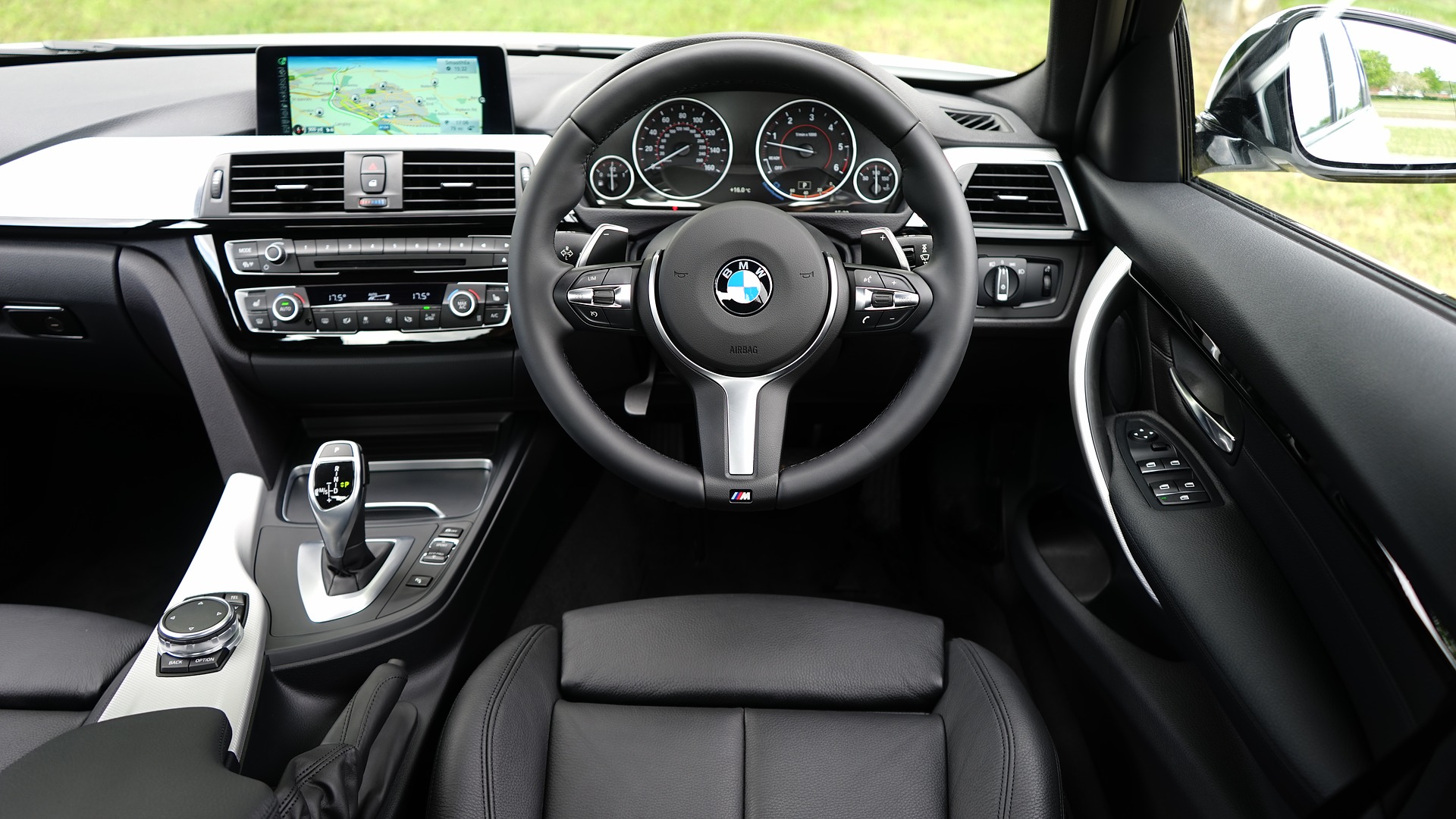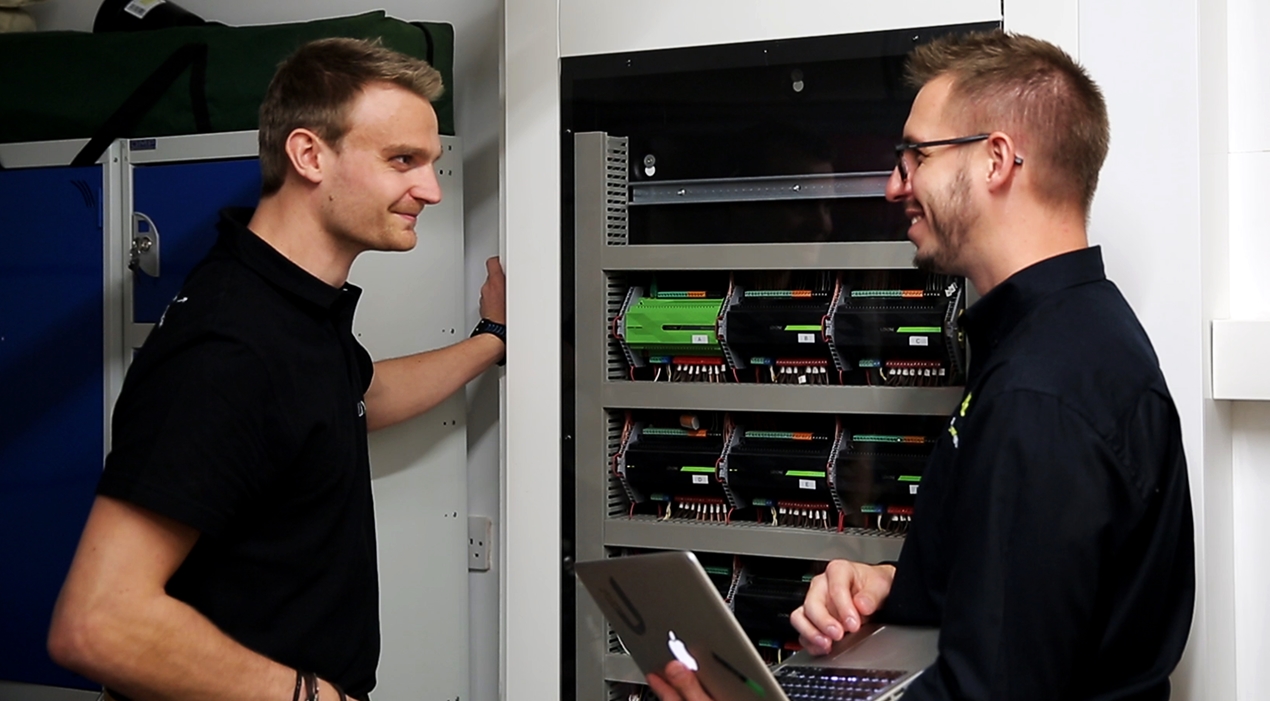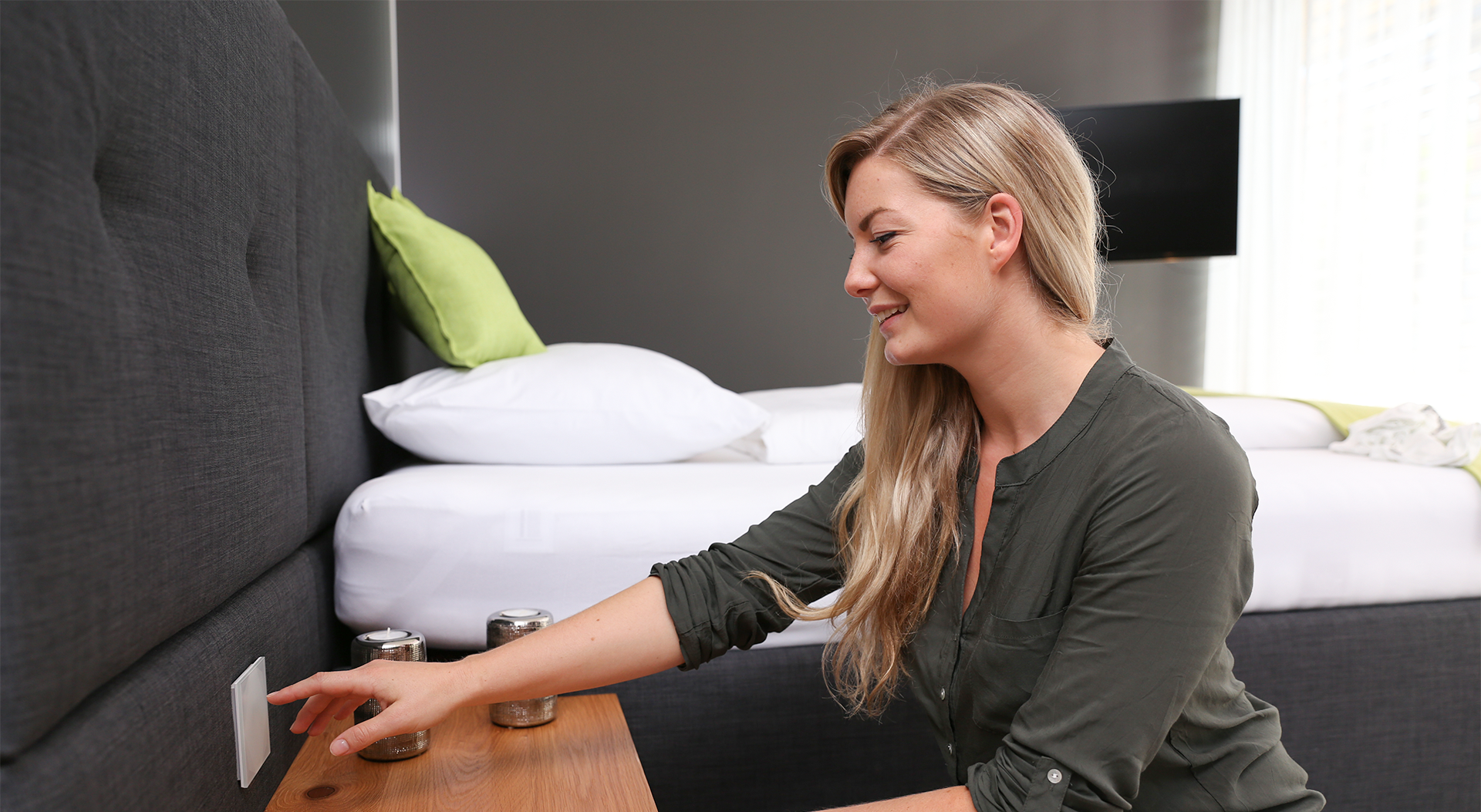
Creating a truly connected home: from IoT devices to Autopilot Living.
Technology has enhanced myriad aspects of our lives, from communication and consuming media, to exercise, shopping, travel and even healthcare.
We have many technological innovations we now take for granted in our cars, for example; they have electric windows, automatic windscreen wipers and headlights, passenger-specific climate control, cruise control, and more recently, autopilot driving. Not in our homes.

This is strange when you think about it: a home is often at the heart of family life for many years. It should be somewhere to grow up in, raise children in and grow old in. It should be easy and enjoyable to live in and alleviate any concerns about comfort, safety, and energy efficiency. Yet we’re failing to embrace the very technology that can help us to achieve this.
What Is A Smart Home?
By now, most of us will have heard of a ‘smart home’. Synonymous with ‘connected home’, ‘home automation’ and many other terms, it’s a market expected to hit dizzying heights within the next five years.
It’s hardly surprising then, that companies large and small are bringing solutions to market in the hope of snatching a piece of this golden pie. Looking at the market landscape, it quickly becomes clear that the ‘smart home’ is considerably vast in terms of the solutions available, and their corresponding costs.
At one end of the spectrum sit various off-the-shelf, ‘IoT’ solutions that typically serve a single function, such as a smart thermostat for heating control. Many of these products are wireless and highly affordable, and therefore have been instrumental in opening up the smart home market to a much wider audience. However, what is quickly becoming clear is that consumers are overwhelmed with choice, underwhelmed by compatibility and struggling to see the real benefits, with concerns over data security, interoperability, and reliability cited as barriers to purchase.
Towards the other end of the spectrum, away from the hungry gaze of the media, sit the professionally installed systems. Once the preserve of the wealthy, these systems are typically what you’d associate with ‘home automation’ – a centralised system in which multiple devices and systems within the home come together. Traditionally, this was through a wired infrastructure, but we’re seeing a steep rise in the demand for wireless solutions that offer the power and reliability of a wired system, without the need for any re-wiring.

Autopilot Living
In a smart home of this ilk, the existing elements found in a home such as lighting, heating, security and music begin to work together with the help of sensors. For example, when you walk into the bathroom in the morning, the room is gently lit, your morning playlist turns on and your towel rail is already warming up ready for when you step out of the shower. That’s Autopilot Living.
Autopilot Living is your home knowing that if it’s 2am and you’ve walked into the kitchen or baby’s bedroom, you probably don’t want the lights on at full brightness, so dimmed lighting comes on at a level just bright enough to guide your way, then goes off automatically once you’re back in bed.
When you go on holiday, your home will know to turn the lights off, lower the heating, arm the alarm, and can even simulate presence to deter intruders. That’s Autopilot Living.
These are simple concepts made possible by the intelligent application of logic to technology. So how can we make this life an everyday reality for homeowners everywhere?
Driving Wider Adoption
I believe there are three key factors in driving wider market adoption:

Awareness
This means helping the consumer understand the scope of the technology available, and how it can benefit their individual lifestyle.
For instance, a consumer is much less likely to be interested in the processing power of hardware or the complexities of a solution’s software, but instead want to know how a professionally installed smart home can offer them a better lifestyle. Each individual will have different values and needs for their home, whether that be convenience, reliability, greater security, privacy, or energy efficiency.

Education
We believe that great installers are those who are knowledgeable about the whole spectrum, from IoT gadgets to professionally installed systems. These installers should be able to guide homeowners toward the solution that’s right for them and their home.
That’s why we offer comprehensive training for all of our Loxone Partners. To find a qualified Loxone Partner near you, simply visit our Partner Map. To find out more about becoming a Loxone Partner yourself, please click here.

Simplicity
Convenience and simplicity are very important when it comes to the wider adoption of smart home technology. Humans are driven by convenience. If we can make our lives a little easier, we’ll seek to do so. After all, time is money and it’s becoming an increasingly precious commodity.
A home should just get on with things by itself, just like an autopilot, without the need for apps or constant manual intervention. After all, this is what Autopilot Living is all about: spending more time doing what you enjoy.
A smart home isn’t a gadget. A shiny new gadget may be novel, but does it really make our lives easier? To me, a truly smart home is an intangible concept – put simply, it’s a new, better way of living. In order for smart homes to become an everyday reality, manufacturers and installers alike must communicate the benefits in a way that captures consumers’ imaginations.
Experience Loxone
So, what does a ‘real’ smart home look like? What does it feel like? Well, why not find out for yourself? Whether you’re considering including smart home technology in your own home, or thinking about making it a part of your business, click the button below to discover the different ways in which you can experience Autopilot Living.
